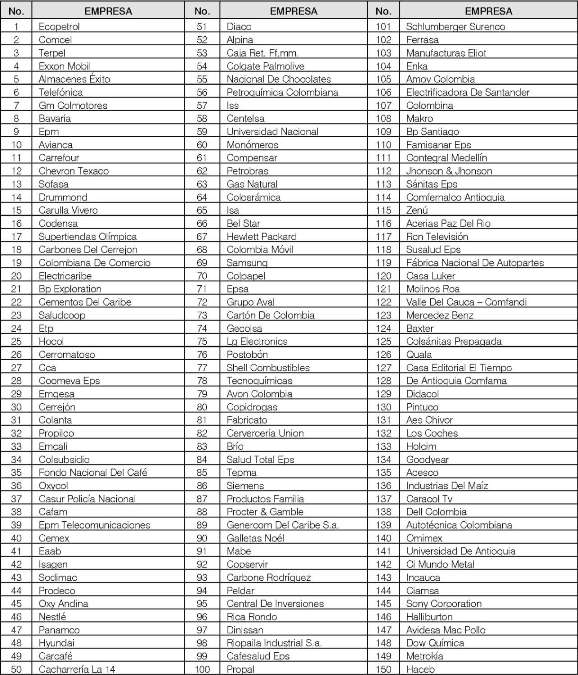What is the difference between abstract and extended abstract?
Dynamic composition includes a short rundown of all parts of the examination paper. A dynamic ought to incorporate what the exploration is about, the technique, the.
Now that you have a better understanding of what an abstract is, it’s time to start learning how to write an abstract for a research paper. Step 1: Write the research paper. As I’m sure you know, when you write and revise, your plans change. You might move or delete words, paragraphs, and even entire arguments. This means it’s almost impossible to write a summary of your work before you.
An abstract is a brief summary of the research paper, usually found at the beginning of the paper. Sometimes the abstract is also published separately from the research paper. its got to do with.
Sample Abstracts for Writing. These pages show two examples of typical abstracts from honours theses. Notice that the stages of the abstracts have been labelled, so that you can see the function of each sentence or part-sentence. You can also see that there are differences in the type of information that is included in each abstract, as well as differences in level of detail. Sample 1: Genetic.
Nowadays, scientific papers are generally placed onto a database, with strict limits on the number of words, meaning an overlong abstract risks the entire paper becoming rejected. Writing an abstract includes briefly introducing the general topic of the work and then explaining the exact research question, including the aims.
How to Write an Abstract. Philip Koopman, Carnegie Mellon University October, 1997. Abstract. Because on-line search databases typically contain only abstracts, it is vital to write a complete but concise description of your work to entice potential readers into obtaining a copy of the full paper. This article describes how to write a good computer architecture abstract for both conference.
Abstracts. The abstract of a research report summarizes the report, but it is not intended to be a substitute for reading the article. Instead, the main purpose of an abstract is to filter information. Librarians use abstracts to manage database search and retrieval; researchers use abstracts to make initial decisions about whether an article is relevant to their study.










